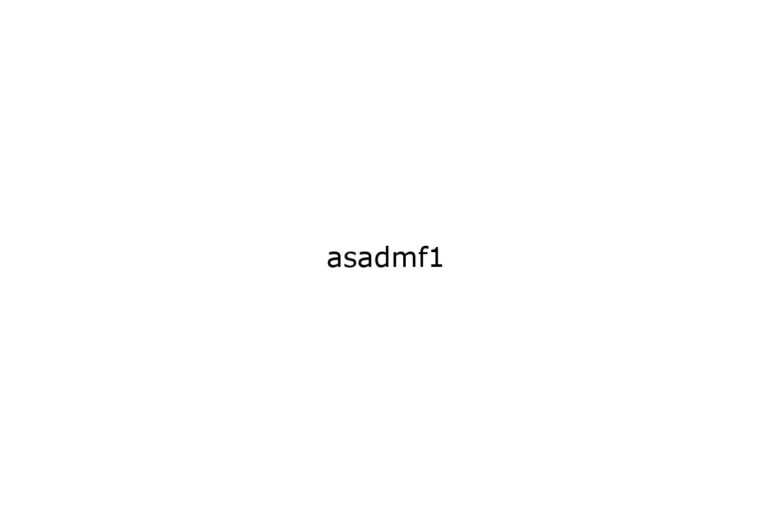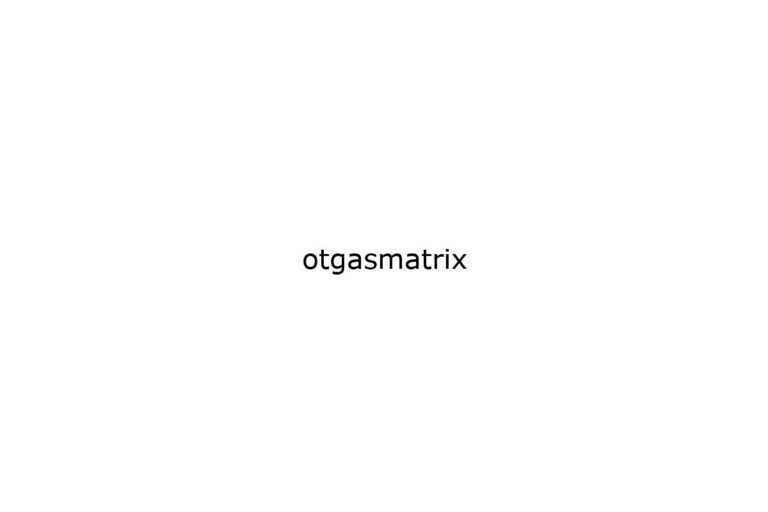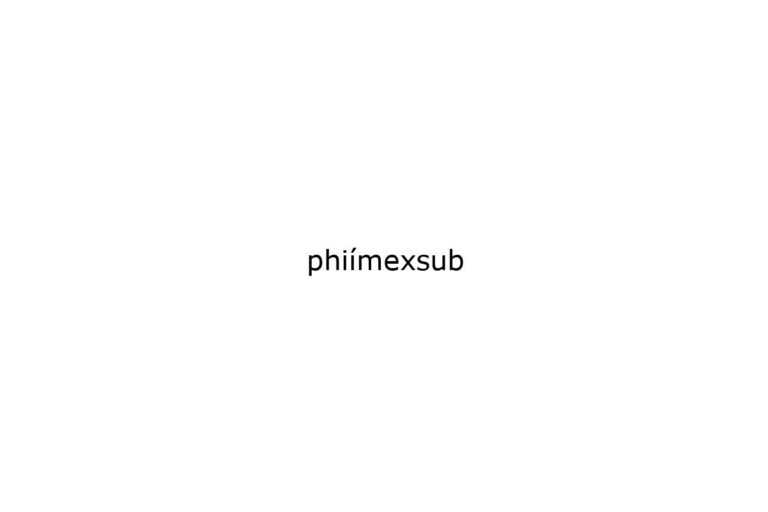Understanding NFTs and Intellectual Property
NFTs, or Non-Fungible Tokens, represent unique digital assets verified using blockchain technology. Each NFT possesses a distinct metadata set, differentiating it from any other token. While an NFT can be bought, sold, or traded, it doesn’t inherently convey copyright ownership of the underlying asset.
Intellectual Property (IP) includes creations of the mind—art, literary works, inventions. IP laws aim to protect these creations, granting rights to the creators. In the context of NFTs, understanding how IP laws apply is crucial.
When minting an NFT, creators must ensure they own the IP rights of the digital asset. Selling an NFT without proper IP ownership can lead to legal disputes. Buyers should verify the legitimacy of IP rights before purchasing an NFT to avoid potential legal complications.
Licensing agreements may accompany NFTs, detailing the specific rights transferred with the token. These agreements might include commercial or non-commercial use, reproduction rights, or display permissions. Clearly defined licensing terms protect both the creator and the buyer, ensuring mutual understanding of the rights involved.
Blockchain’s immutable nature ensures a transparent ownership record, aiding in IP protection. However, this technology doesn’t enforce IP rights; legal frameworks still govern these aspects. Creators should consider registering their IP assets with appropriate authorities to enhance their legal standing.
Understanding the interplay between NFTs and IP is essential for protecting digital assets. Minting, purchasing, and trading NFTs necessitate thorough knowledge of IP rights to avoid legal pitfalls and ensure smooth transactions.
Legal Framework for NFTs
Understanding the legal framework surrounding NFTs is crucial for protecting your digital assets.
Copyright Laws
Copyright laws grant exclusive rights to creators over their original works, including literary, artistic, and musical compositions. While NFTs establish unique digital ownership through blockchain, they don’t inherently transfer copyright ownership.
For instance, minting a digital art piece as an NFT doesn’t automatically transfer the copyright to the buyer. Creators must explicitly state what rights are being transferred. Buyers should verify copyright ownership before purchasing NFTs to avoid legal disputes. Copyright infringement can lead to serious consequences, including fines and legal action.
Trademark Considerations
Trademarks protect brand names, logos, and other distinctive signs used in commerce. When creating or selling NFTs, consider trademark laws to avoid infringing on existing trademarks. For example, using a recognizable brand logo in an NFT without authorization can result in a trademark infringement lawsuit.
Creators should ensure their NFTs don’t violate trademark laws and buyers must confirm that the NFTs they’re purchasing don’t infringe on any trademarks. Registering trademarks for your digital assets provides an additional layer of protection, ensuring brand integrity and legal security.
Protecting Your Digital Assets with NFTs

Protecting digital assets with NFTs is crucial in the evolving digital landscape. Adopting specific best practices ensures maximum protection and ownership rights.
Best Practices for NFT Creators
- Verify IP Rights
Creators must confirm they possess complete IP rights before minting NFTs. This includes copyrights, trademarks, and any other relevant intellectual property.
- Use Clear Documentation
Clearly document all rights and terms associated with the NFT. Transparency helps prevent disputes and ensures buyers know what they own.
- Consider Licensing Agreements
Draft licensing agreements when selling NFTs. Specify what rights are transferred and any limitations on usage. It’s essential for maintaining control over digital assets.
- Utilize Watermarking and Metadata
Incorporate watermarks and detailed metadata within digital assets. These features help to authenticate the original work, adding an extra layer of security.
Safeguarding Ownership and Rights
- Register Trademarks and Copyrights
Register trademarks and copyrights for digital assets. This legal protection can help prevent unauthorized use and infringement.
- Monitor and Enforce Rights
Regularly monitor usage of digital assets to identify and address unauthorized use. Enforcement measures might include legal action or issuing cease-and-desist letters.
- Engage Legal Counsel
Consult with legal professionals specializing in intellectual property and NFTs. Expert legal advice ensures all aspects of ownership and rights are covered.
Staying diligent about these best practices helps creators safeguard their digital assets effectively in the NFT space.
Case Studies: Intellectual Property Disputes in NFTs
Intellectual property disputes in the NFT space have grown as the market expands. Examining notable legal battles can offer valuable insights.
Notable Legal Battles
- Hermès vs. Mason Rothschild: In December 2021, Hermès sued artist Mason Rothschild over his “MetaBirkins” NFTs, claiming trademark infringement. Rothschild’s NFTs, which depicted virtual Birkin bags, allegedly misled consumers about Hermès’ affiliation. The court ruled in favor of Hermès, highlighting the importance of trademark rights in the NFT space.
- Quentin Tarantino vs. Miramax: In November 2021, Quentin Tarantino announced plans to auction NFTs based on his film “Pulp Fiction.” Miramax, which holds the rights to the film, filed a lawsuit alleging breach of contract and copyright infringement. The dispute centered on whether Tarantino retained rights to specific “Pulp Fiction” content, illustrating complexities in IP agreements and NFTs.
- Nike vs. StockX: In February 2022, Nike sued StockX over its “Vault NFTs,” which were linked to images of Nike sneakers. Nike claimed trademark infringement, arguing that StockX used its trademarks without permission. The case underscores the necessity for platforms to secure proper licensing before tokenizing products tied to recognizable brands.
- Clear Ownership Rights: Establish clear ownership rights before minting NFTs. Legal battles often arise from confusion or misinterpretation of IP rights. Creators should ensure documentation precisely outlines their rights regarding the digital asset.
- Transparent Licensing Agreements: Draft comprehensive licensing agreements. If creators don’t clearly state the scope and limitations of rights granted, disputes can emerge. Specificity in licensing helps prevent misunderstandings.
- Due Diligence: Conduct thorough due diligence when purchasing NFTs. Verify the legitimacy of IP claims to avoid involvement in legal disputes. Researching the creator’s background and the history of the asset ensures informed decisions.
- Brand Protection: For companies, monitor NFT marketplaces for potential IP infringements. Rapid action against unauthorized use of trademarks or copyrighted material can deter potential infringers and protect brand integrity.
Examining these legal battles and extracted lessons helps creators and buyers navigate IP complexities in the evolving NFT landscape.
Future of NFTs and Intellectual Property
The intersection of NFTs and intellectual property (IP) is evolving rapidly, shaping new paradigms for digital ownership and legal frameworks.
Emerging Trends
Several emerging trends underscore the growing influence of NFTs on IP.
First, fractional ownership of NFTs is creating new revenue streams. By dividing digital assets into fractions, more investors can own parts of valuable NFTs. For example, athletes and artists are increasingly using this model to monetize their work.
Second, cross-platform integration of NFTs is enhancing interoperability. Digital assets can now be used across different virtual worlds and platforms, expanding their utility and value. For instance, NFTs originally minted on Ethereum are being integrated into gaming platforms and virtual marketplaces.
Third, branded NFTs are becoming a significant marketing tool. Companies use NFTs to foster brand loyalty and engagement. Prominent brands like Coca-Cola and Gucci have launched their NFTs to connect with tech-savvy audiences.
These trends collectively influence the IP landscape, presenting both opportunities and challenges.
Potential Legal Reforms
Anticipated legal reforms aim to address the complexities of NFTs and IP.
First, standardizing IP compliance for NFTs is gaining traction. Governments and international bodies are working to align NFT operations with traditional IP laws to ensure consistent protection.
Second, regulatory frameworks for smart contracts are being developed. Smart contracts underlie most NFT transactions, necessitating clear legal standards to govern their use and enforceability.
Third, enhanced IP rights in the digital realm are being considered. Reforms may include new protections for digital creations, recognizing their unique attributes compared to traditional works. Lawmakers are consulting with tech experts to draft these guidelines. Such legal reforms will likely balance innovation with protection, ensuring a robust IP regime for the future of NFTs.



































































































































































































































































































































































































































































































































































































































































































































































































































































































































































































































































































































 Ricky Morenolendez is a key contributor at The Digi Chain Exchange, recognized for his deep expertise in cryptocurrency and blockchain technology. With years of experience in analyzing market trends and providing actionable insights, Ricky has become a trusted voice in the crypto space. His work focuses on helping investors understand the nuances of digital assets, from Bitcoin to emerging altcoins. Ricky’s dedication to educating the community on market strategies and crypto developments has made him an invaluable asset to The Digi Chain Exchange team.
Ricky Morenolendez is a key contributor at The Digi Chain Exchange, recognized for his deep expertise in cryptocurrency and blockchain technology. With years of experience in analyzing market trends and providing actionable insights, Ricky has become a trusted voice in the crypto space. His work focuses on helping investors understand the nuances of digital assets, from Bitcoin to emerging altcoins. Ricky’s dedication to educating the community on market strategies and crypto developments has made him an invaluable asset to The Digi Chain Exchange team.

